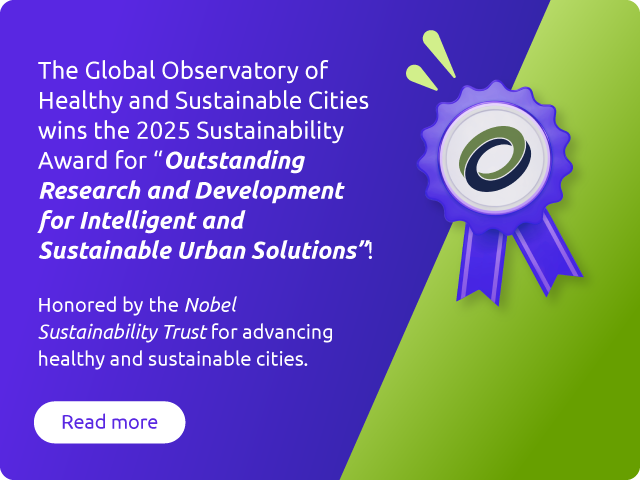Welcome to the Global Observatory of Healthy and Sustainable Cities
We are a global, multi-institutional, transdisciplinary initiative providing evidence-based spatial and urban policy indicators to advocate for and track progress towards healthy and sustainable cities for all.
Test
Test
Test
Full Reports Available
Coming soon
Looking for team members
Active members
0
Active Teams
0
and
from
Cities
0
Countries
0
Lastest news

The 2025 Nobel Sustainability Trust Award
Awarded for Outstanding Research and Development for Intelligent and Sustainable Urban Solutions

From Down Under to Around the Globe: A Vision for Healthier Cities with Melanie Lowe
Featured in Healthy Neighborhoods, Healthy Nation Podcasts

Healthy By Design: Transforming Urban Spaced for Health With Dr. James Sallis
Featured in Healthy Neighborhoods, Healthy Nation Podcasts





















